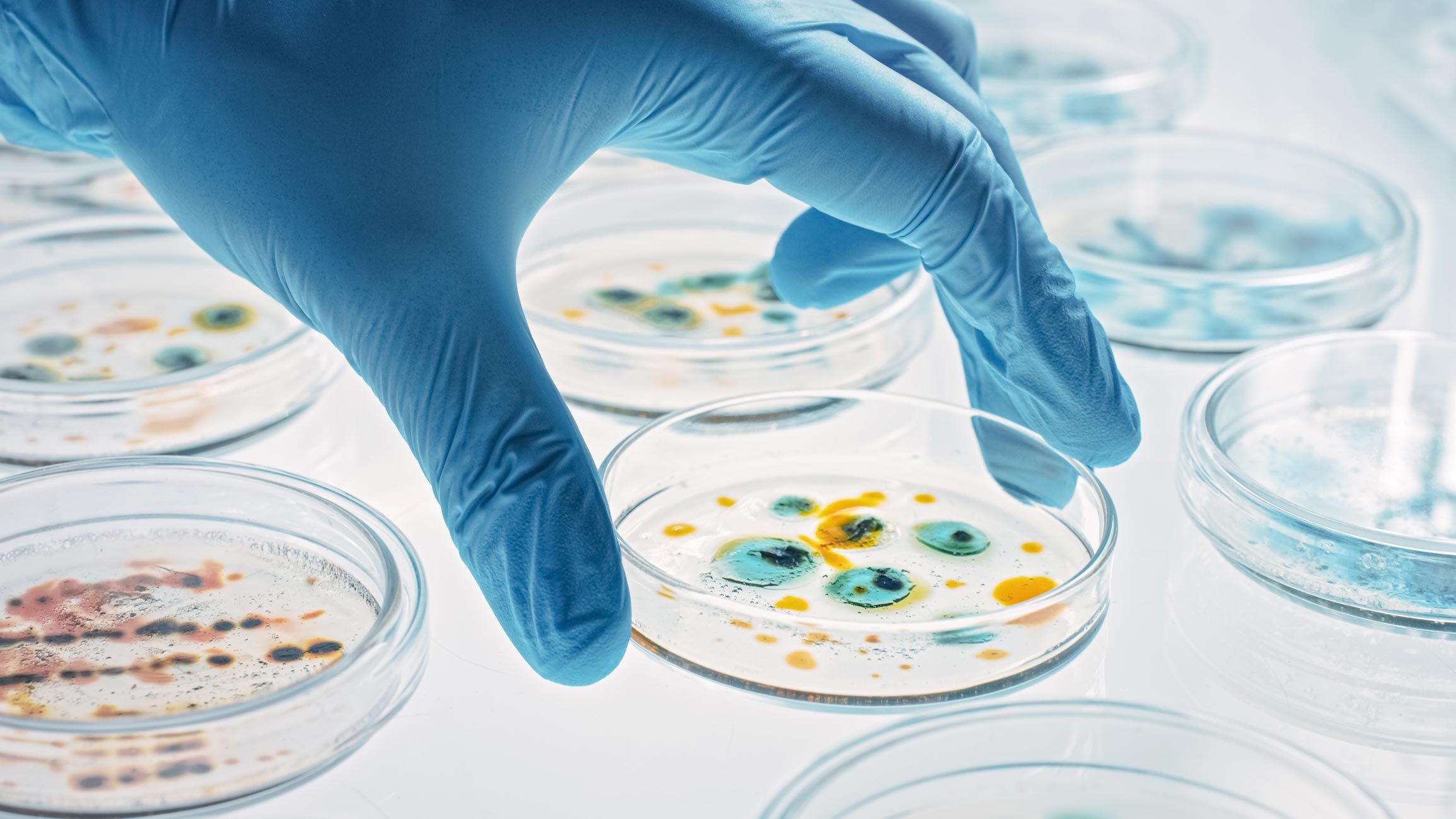
Innovative 3D culture model for studying signaling pathways
DESCRIPTION
Intervertebral disc degeneration (IDD) involves cellular changes in the nucleus pulposus (NP) characterised by a decline of the large vacuolated notochordal cells (vNCs) and a rise of smaller vacuole-free mature chondrocyte-like NP cells.
An increasing number of studies demonstrate that notochordal cells (NCs) exert disease-modifying effects, establishing that NC-secreted factors are essential for the maintenance of a healthy intervertebral disc (IVD).
However, understanding the role of the NCs is hampered by a restricted reserve of native cells and the lack of robust ex vivo cell model. A precise dissection enabled the isolation of NP cells from 4 d post-natal stage mouse spines and their culture into self-organised micromasses. The maintenance of cells’ phenotypic characteristics was demonstrated by the presence of intracytoplasmic vacuoles and the immuno-colocalisation of the NC-markers (brachyury; SOX9) after 9 d of culture both in hypoxic and normoxic conditions.
A significant increase of the size of the micromass was observed under hypoxia, consistent with a higher level of Ki-67+ immunostained proliferative cells. Furthermore, several proteins of interest for the study of vNCs phenotype (CD44; caveolin-1; aquaporin 2; patched-1) were successfully detected at the plasma membrane of NP-cells cultured in micromasses under hypoxic condition. IHC was performed on mouse IVD sections as control staining.
An innovative 3D culture model of vNCs derived from mouse postnatal NP is proposed, allowing future ex vivo exploration of their basic biology and of the signalling pathways involved in IVD homeostasis that may be relevant for disc repair.